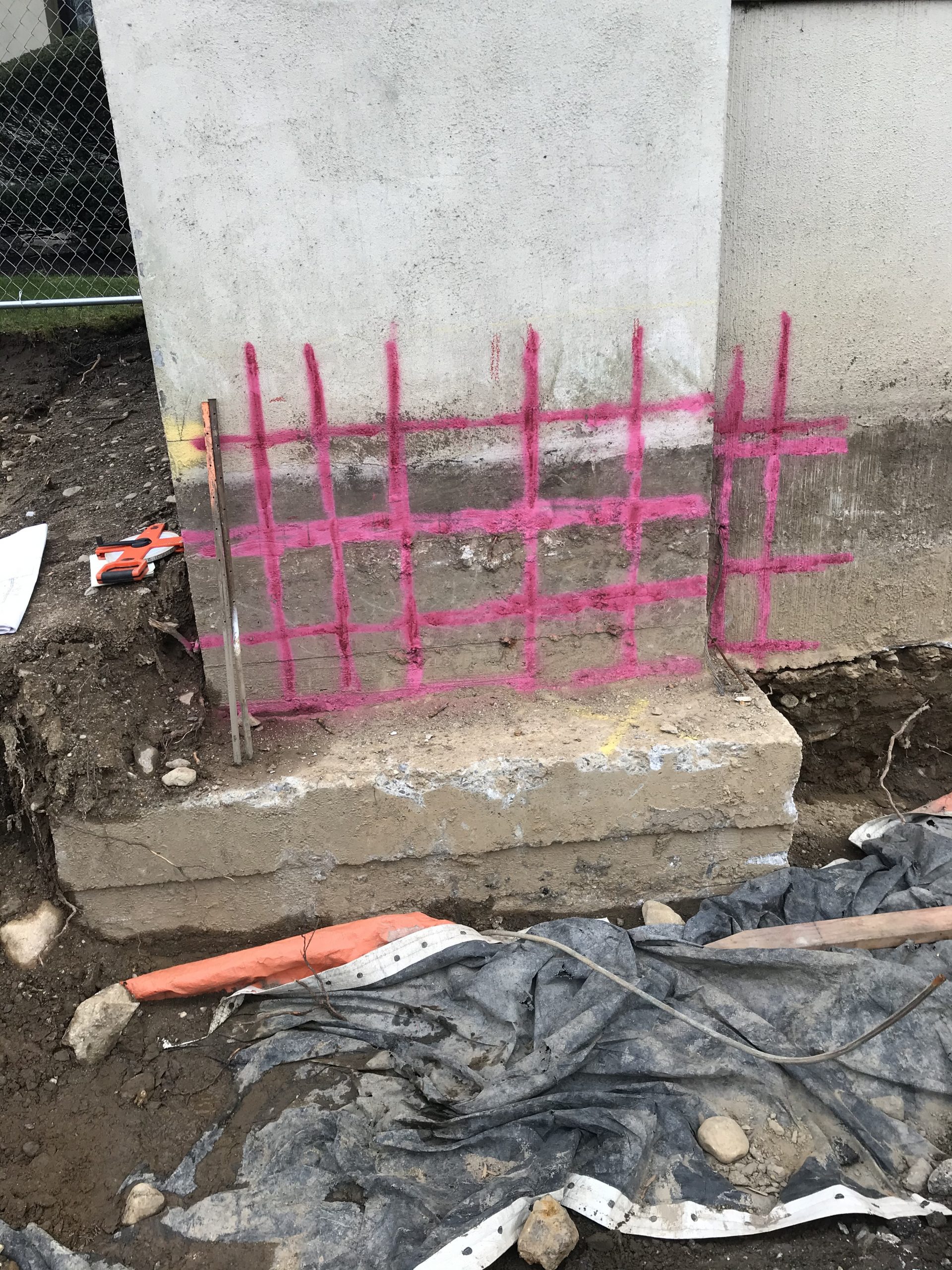RainierGPR Concrete Scanning: Innovative Solutions for Complex Projects
RainierGPR Concrete Scanning: Innovative Solutions for Complex Projects
Blog Article
Checking Out the Key Benefits of Concrete Scanning in Building Projects
In the realm of contemporary building and construction methods, the utilization of concrete scanning modern technology has arised as an essential tool for ensuring task efficiency and structural integrity. From improving safety steps to precisely identifying utilities hidden beneath the surface, the advantages of concrete scanning are multifaceted. RainierGPR Concrete Scanning.
Improved Precaution
Utilizing sophisticated concrete scanning modern technology enhances safety procedures on building and construction sites by offering exact detection of prospective dangers concealed beneath the surface. This modern technology enables construction teams to recognize rebar, channels, post-tension cables, and other obstructions before excavation or boring, significantly minimizing the threat of mishaps. By determining these aspects precisely, employees can prevent damaging important structural parts, therefore preventing injuries, hold-ups, and pricey repair work.
In addition, concrete scanning plays an important function in making certain the integrity of existing frameworks throughout remodellings or growths. By detecting weaknesses, spaces, or deterioration within concrete aspects, engineers can deal with these issues proactively, boosting the overall safety and security and durability of the structure. This proactive strategy not only alleviates the risk of structural failings yet likewise minimizes the potential for crashes brought on by unforeseen architectural shortages.
Essentially, the application of concrete scanning technology works as a positive precaution that safeguards both construction employees and the architectural honesty of structures, ultimately adding to the overall success and effectiveness of building and construction tasks. - RainierGPR Concrete Scanning
Accurate Discovery of Energies
Concrete scanning modern technology assists in exact identification of below ground energies, improving building site security and efficiency. Exact discovery of utilities is important in construction projects to avoid pricey problems, task delays, and most significantly, make certain the security of employees and the general public. By utilizing advanced scanning innovations such as ground-penetrating radar (GPR) and electromagnetic induction, building groups can draw up the area of buried pipelines, wires, and other utilities with high degrees of precision.

Time and Price Performance

Concrete scanning modern technology allows building and construction groups to accurately situate rebar, post-tension cords, and other embedded objects within concrete frameworks. This accurate information aids in staying clear of expensive mistakes such as unexpected damage to crucial elements throughout drilling, reducing, or coring activities. In addition, by identifying possible risks ahead of time, the need for costly repair work or revamp because of damages can be decreased, leading to cost savings for the task.

Moreover, the capability to promptly and properly spot utilities underneath the surface without triggering any type of damages not just conserves time yet also stops pricey disturbances to existing infrastructure. In general, the time and price efficiency benefits of concrete scanning make it a very useful device for enhancing construction job monitoring and implementation.
Preservation of Structural Stability
Maintaining the architectural honesty of buildings and infrastructure is critical in ensuring long-lasting stability and safety. Concrete scanning plays an essential role in this preservation procedure by permitting building experts to identify potential hazards to the architectural stability of a building or infrastructure prior to they intensify into significant concerns. With using advanced scanning technologies such as ground-penetrating radar (GPR) and electro-magnetic induction, building teams can non-invasively assess the problem of concrete frameworks, find rebar, post-tension cords, and various other embedded elements, and identify any voids, cracks, or deterioration within the concrete.
Improved Task Planning
In order to make sure the effective implementation of building and construction projects, careful focus to information and thorough planning are necessary parts that stem from a comprehensive understanding of the structural conditions determined via concrete scanning. Inevitably, incorporating concrete scanning into the job planning stage enhances coordination among group members, fosters proactive analytic, and adds to the effective shipment of construction projects within budget and timetable restraints.
Final Thought
In final thought, concrete scanning provides numerous benefits in building and construction jobs. By enhancing safety and security actions, the original source precisely spotting utilities, boosting time and expense effectiveness, preserving architectural stability, and helping in project preparation, concrete scanning verifies to be a necessary tool for successful task implementation. Its capability to reduce risks, raise effectiveness, and guarantee job integrity makes it an essential property for construction specialists.
In the world of modern building and construction techniques, the application of concrete scanning innovation has arised as a crucial tool for guaranteeing project performance and structural integrity.Concrete scanning technology makes it possible for building teams to properly find rebar, post-tension wires, and other ingrained objects within concrete frameworks. Through the usage of advanced scanning modern technologies such as ground-penetrating radar (GPR) and electromagnetic induction, building groups can non-invasively assess the problem of concrete frameworks, find rebar, post-tension wires, and various other ingrained elements, and recognize any kind of voids, fractures, or deterioration within the concrete.
In order to make certain the successful implementation of building and construction projects, careful focus to detail and extensive preparation are essential components that stem from a detailed understanding of the architectural conditions recognized via concrete scanning. Ultimately, including concrete scanning into the job preparation phase enhances sychronisation amongst group members, promotes positive analytical, and contributes to the successful distribution of building and construction tasks within budget and schedule constraints.
Report this page